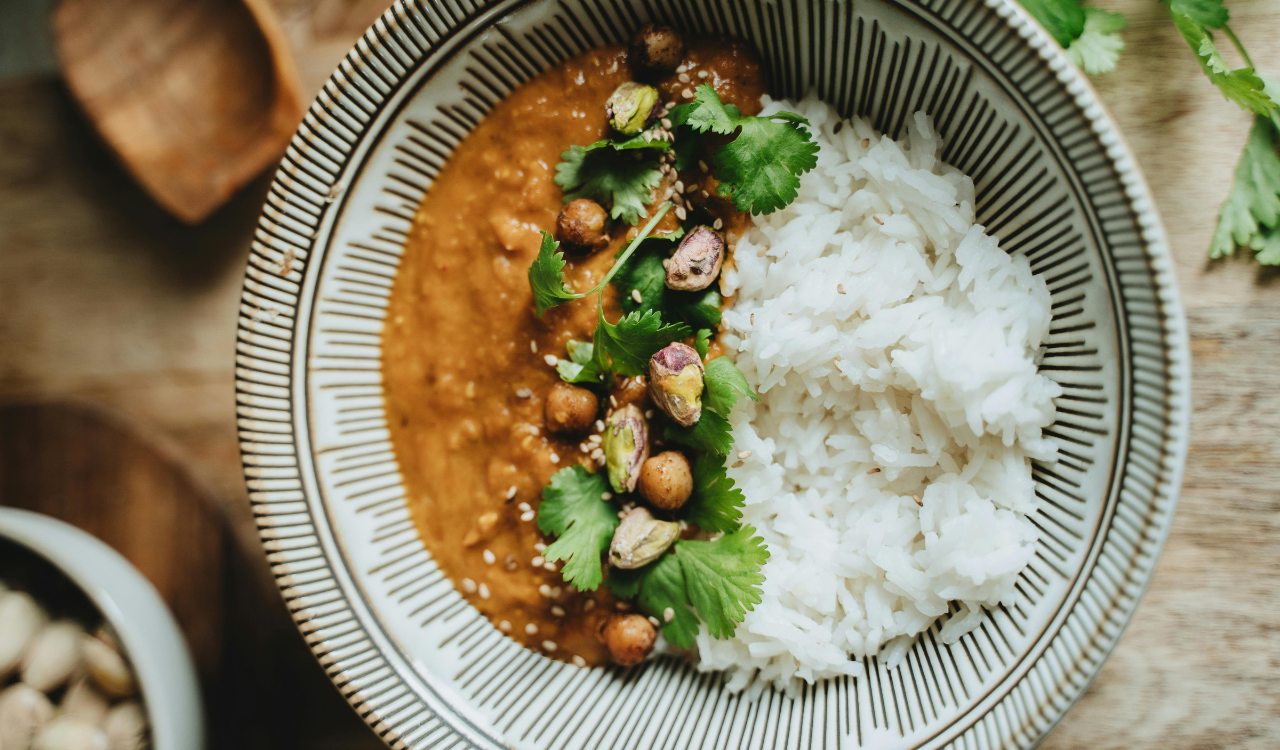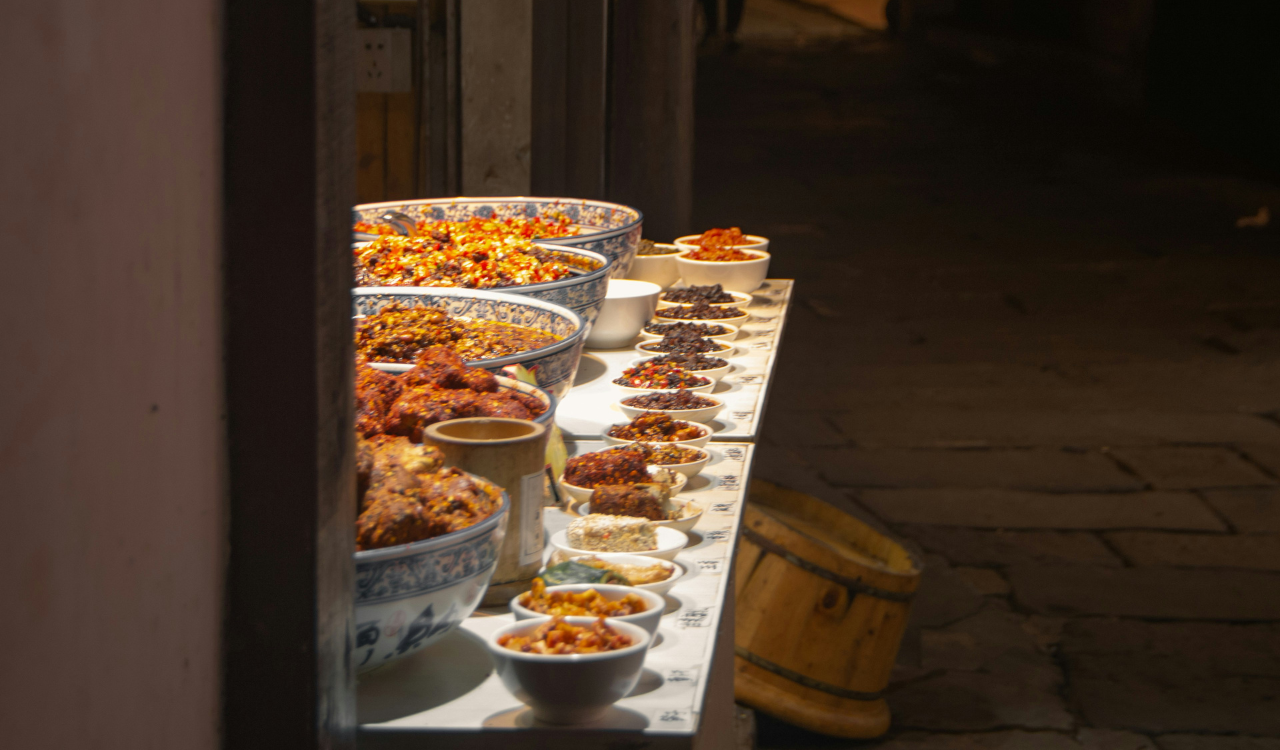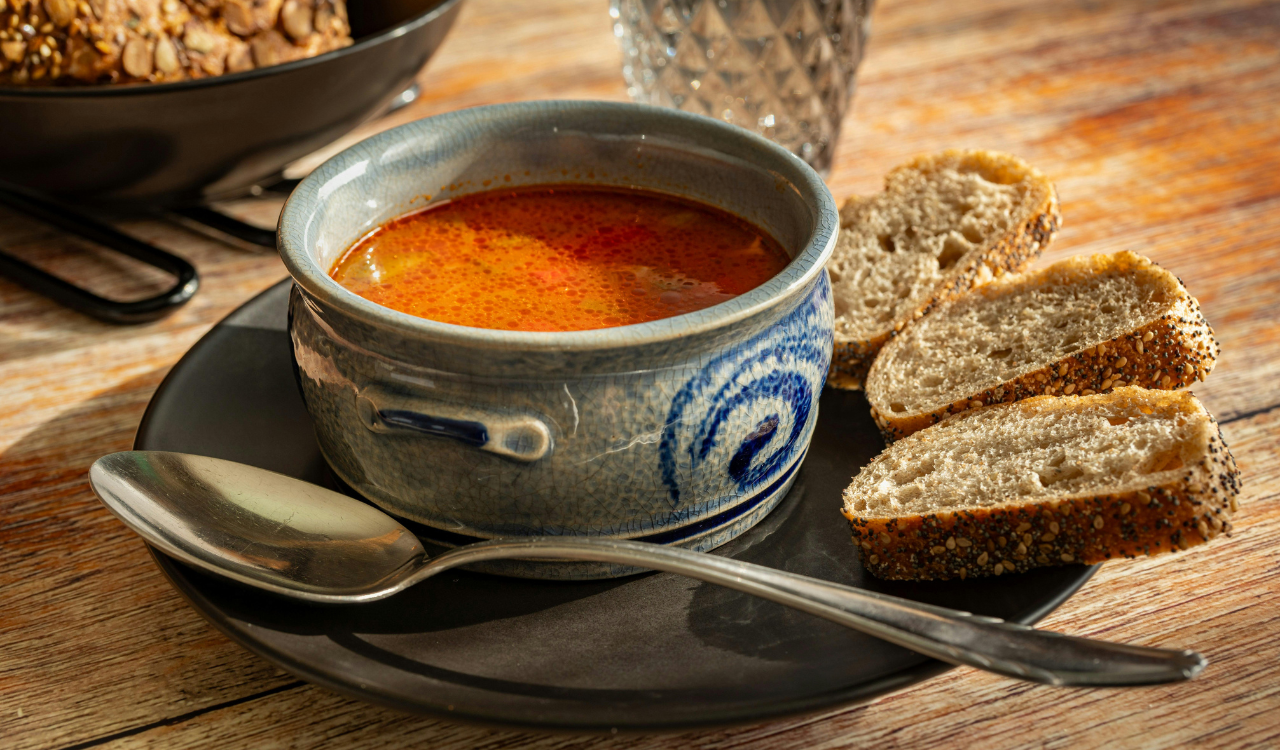15 International Dishes That Changed How the World Eats
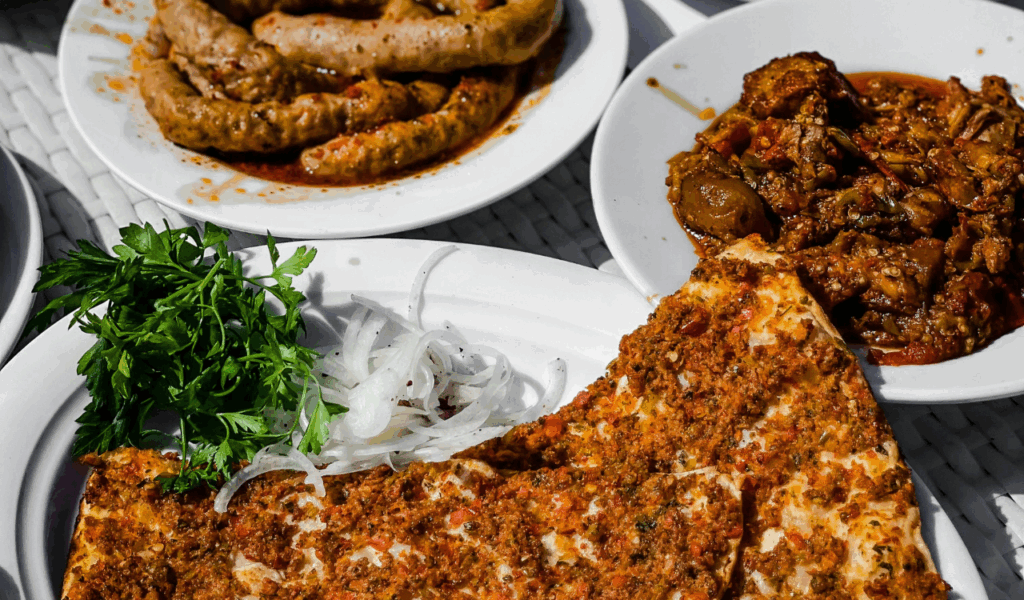
Food is dynamic. Certain foods appear, cross boundaries, and change our perceptions of taste and food. We’ll look at 15 famous international dishes in this post, whose impact extends well beyond their original locations. These recipes are more than just delicious. Global eating habits have been altered by culinary revolutions, hybrid forms, or cultural bridges. What the dish is, how it spread, and any long-term effects are described in each section. Let’s embark on a tasty adventure.
1. Pizza (Italy / Naples)
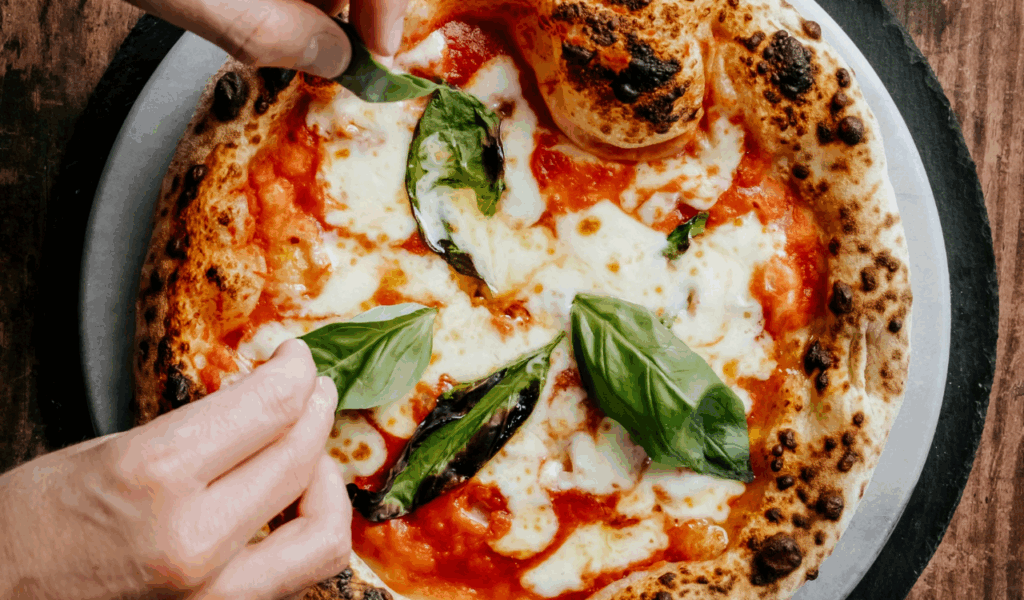
Pizza, particularly Neapolitan pizza, began as a simple flatbread in Naples and has since become one of the most widely imitated foods in the world. its basic design. Cheese, tomato, and dough allowed it to be customized to suit regional ingredients and tastes. Variants are now available from Brazil to Japan. Pizza continues to be one of the most popular foods in the world, according to TasteAtlas. Because of its adaptability, whole cuisines have been developed around it (New York slice, Chicago deep dish, fusion toppings), and “pizza night” has become a global phenomenon.
2. Sushi (Japan)
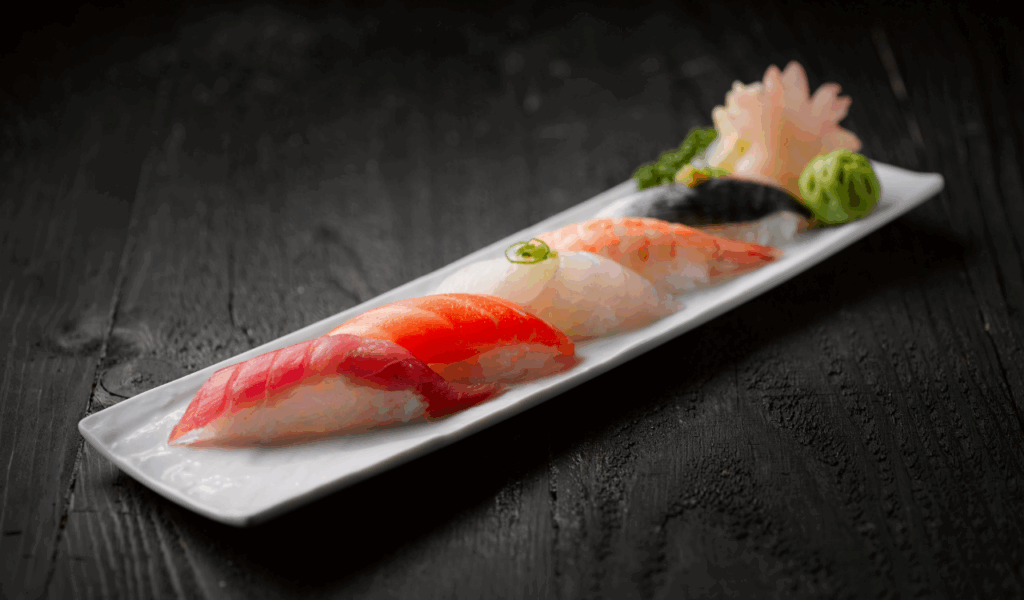
Sushi is the epitome of simplicity, accuracy, and respect for rice and fresh fish. It began as a traditional way to preserve fish in fermented rice and developed into the contemporary nigiri and maki dishes that we are familiar with today. The Japanese diaspora, airline menus, and celebrity chefs all contributed to its widespread adoption, especially after World War II. Because of sushi’s popularity, raw fish is no longer seen as exotic but rather as commonplace in many Western markets.
3. Tacos (Mexico)
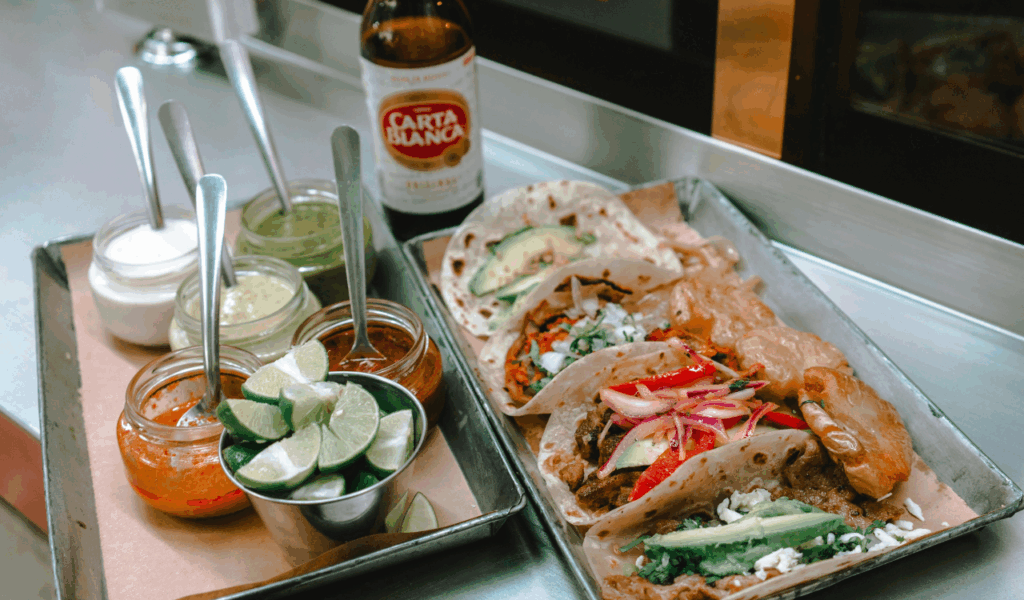
A tortilla can hold countless combinations of proteins, salsas, vegetables, and flavor profiles, making tacos a culinary vessel. This form is now found everywhere, from street carts in Mexico City to upscale taco bars around the world. Tacos’ modular design made it possible for them to adjust to local ingredient availability. They were perfect for casual dining and fast food because of their portability. Taco chains brought salsa, pickled veggies, and different kinds of tortillas into the mainstream as they grew internationally.
4. Curry (South Asia / British Empire influence)
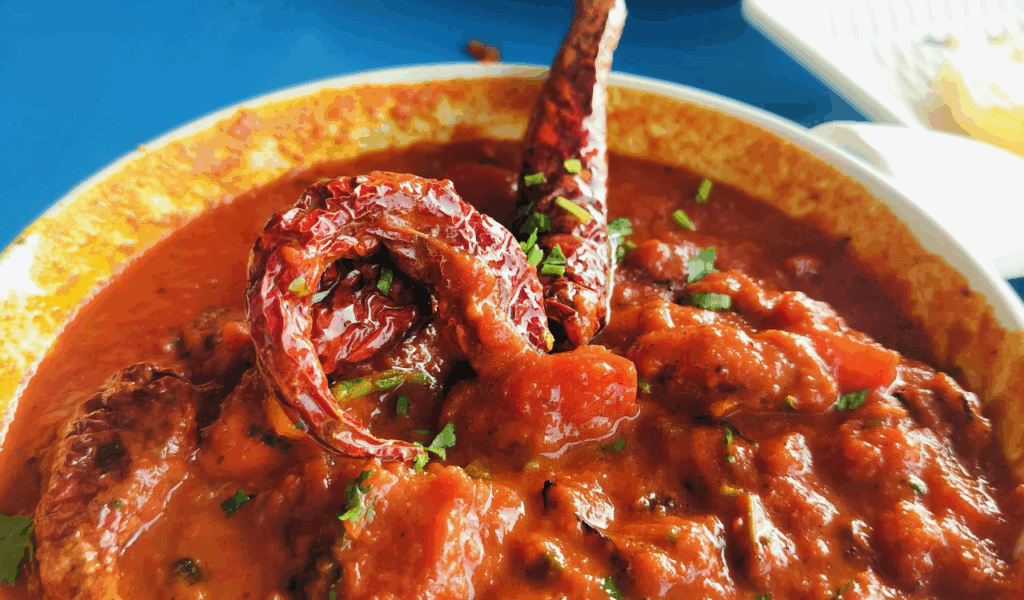
Although “curry” is a general term, it describes spicy, saucy South Asian foods. Curry (or curry powder) was exported to Europe during the British colonial era and spread throughout the world by the Indian diaspora. “Chicken tikka masala” is frequently referred to as a national dish in countries like the UK. As curry gained popularity, many non-Asian kitchens adopted its spices, flavor layering, and slow simmering methods, as well as local variations like Thai and Japanese curry.
5. Paella (Spain)
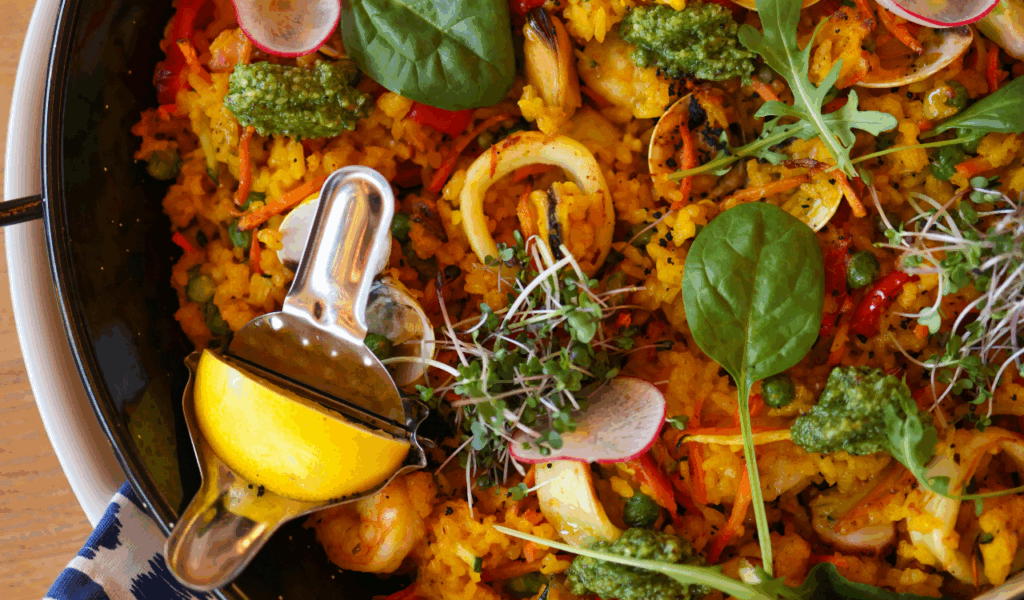
Paella blended regional Spanish ingredients. vegetables, rice, saffron, seafood, and rabbit in a communal pan. It became a symbol of tourism due to its complex flavor and visual appeal. Paella became a symbol of the Mediterranean diet and rice-based customs as Spain advanced its culinary arts. Numerous nations began implementing “paella nights” or creating rice-meets-seafood dishes that were influenced by it.
6. Pho (Vietnam)
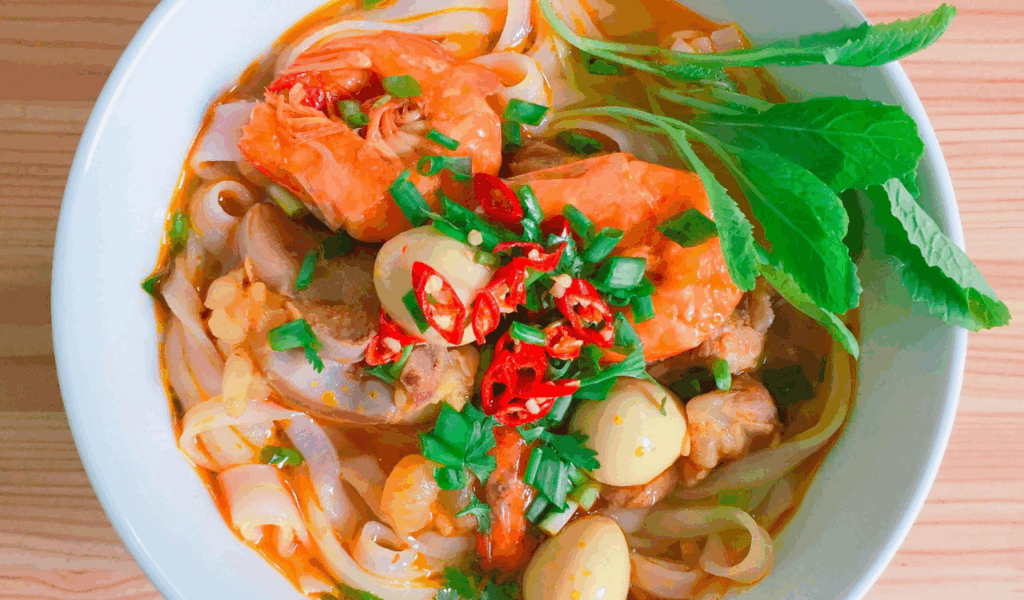
With its clear broth, rice noodles, herbs, and meat slices, pho (Vietnamese noodle soup) embodies elegance in a bowl. Pho visited cities all over the world following the Vietnam War and the Vietnamese diaspora. By providing a counterpoint to hearty Western broths, it influenced people’s perceptions of quick, fresh bowls of soup with herbs. Nowadays, a lot of “pho fusion” restaurants combine regional proteins or ingredients, giving the style a vibrant and well-liked international appeal.
7. Jollof Rice (West Africa)
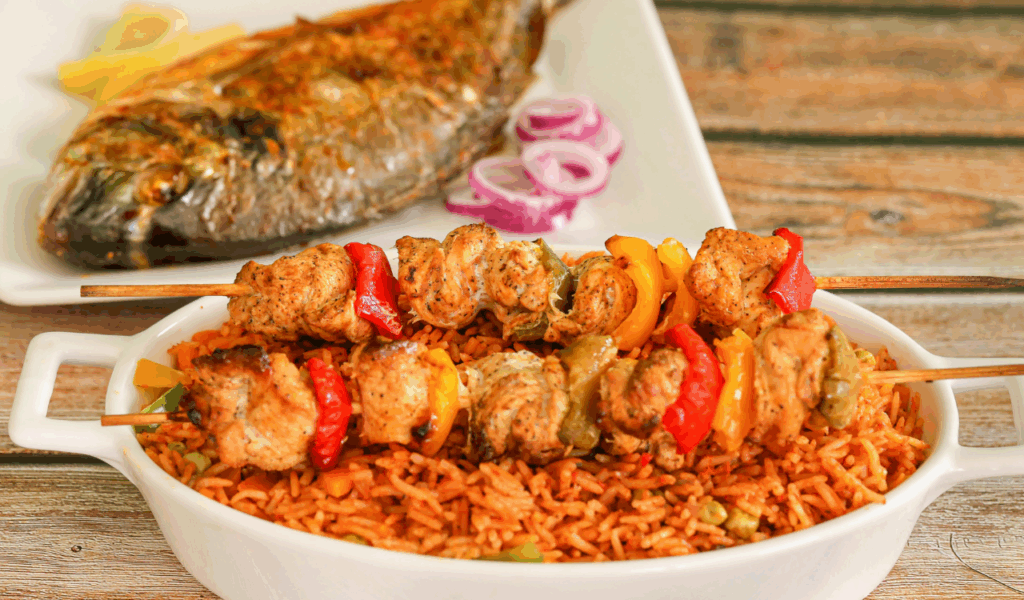
Every West African nation has its own version of the popular single-pot, tomato-spiced rice dish known as “jollof rice.” Due to its diasporic migration, it is now a common sight in African communities across the globe. Its adaptability encouraged local adaptations, such as using local vegetables, spices, and protein. Additionally, it came to represent cultural pride and amicable competition (“which nation’s jollof is best?”).
8. Hummus (Middle East / Levant)
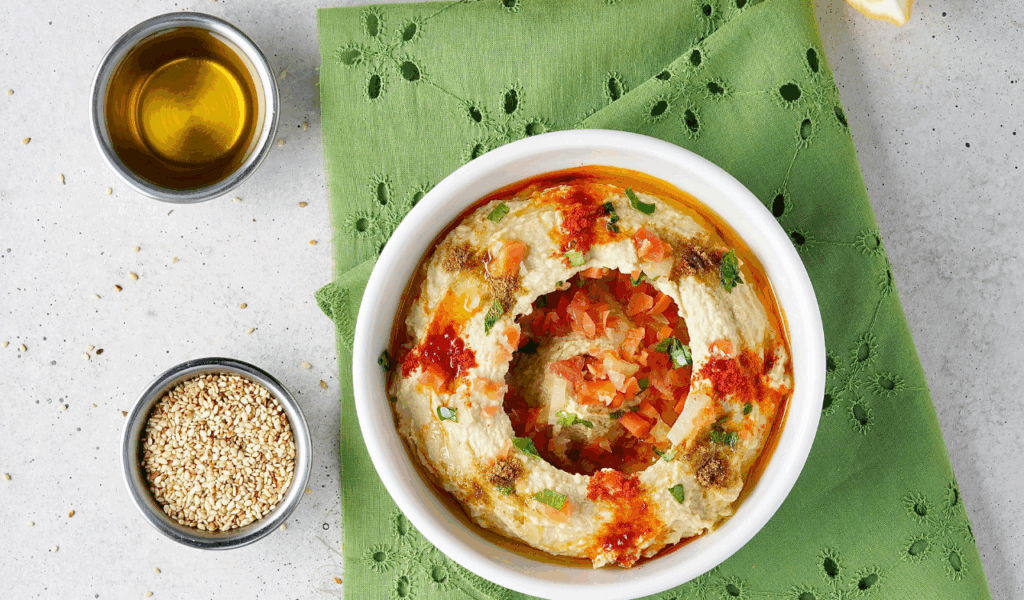
Hummus.Pureed chickpeas, lemon, garlic, and tahini (sesame paste) have long been used in the Levant. It spread and dipped its way onto supermarket shelves all over the world. Its plant-protein form appealed to health and vegetarian movements. Its widespread use exposed new consumers to the flavors of chickpeas and sesame, which influenced contemporary wraps, snack dips, and fusion spreads.
9. Jambalaya (USA / Louisiana Creole)
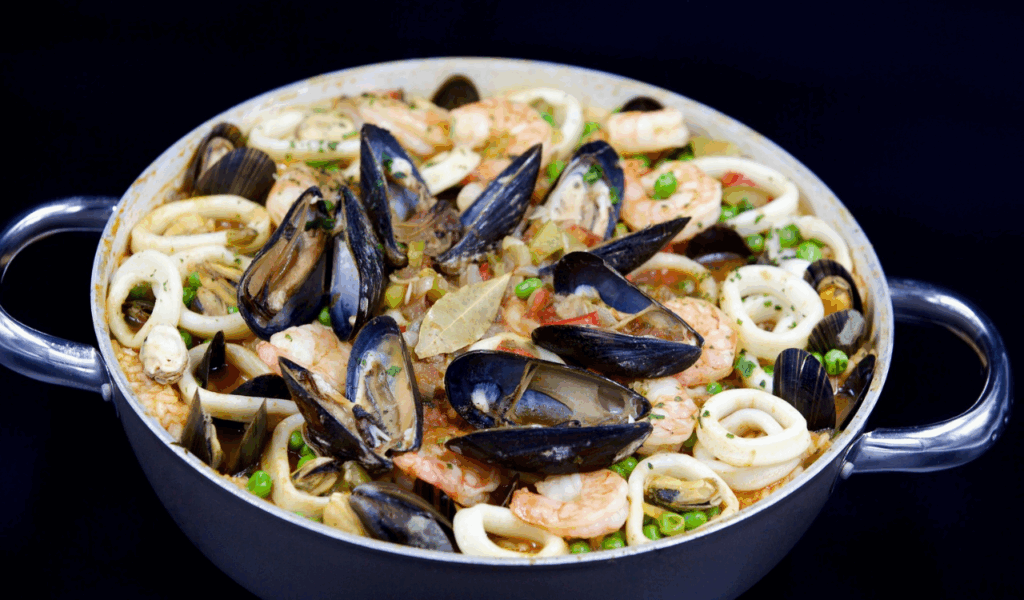
A Creole/Creole fusion rice dish, jambalaya combines French, Spanish, and African cooking techniques. with rice, vegetables, seafood, spices, and meats.It illustrates how colonial and migratory forces influenced American cuisine. Its core.Heat meets sauce, flavor layering, one-pot. resembles and influences other rice dishes in American cooking, such as casseroles and hybrids that resemble paella.
10. Massaman / Thai Curries (Thailand)
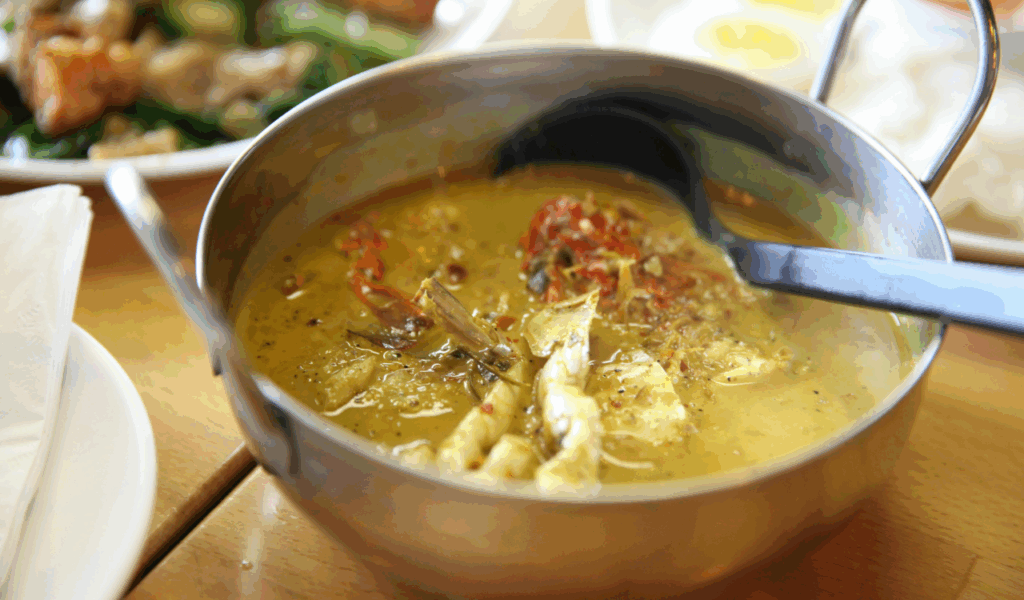
Thai curries like Massaman combine local Thai ingredients (coconut milk, galangal, and herbs) with Malay influences and Indian spices. They contributed to the spread of creamy, well-balanced curries throughout the world. Coconut-based curry sauces became commonplace in international cuisine as a result of the “Thai curry boom” in Western eateries and supermarkets. Thai red/green curry paste is now frequently used in non-Thai recipes by home cooks.
11. Feijoada (Brazil)
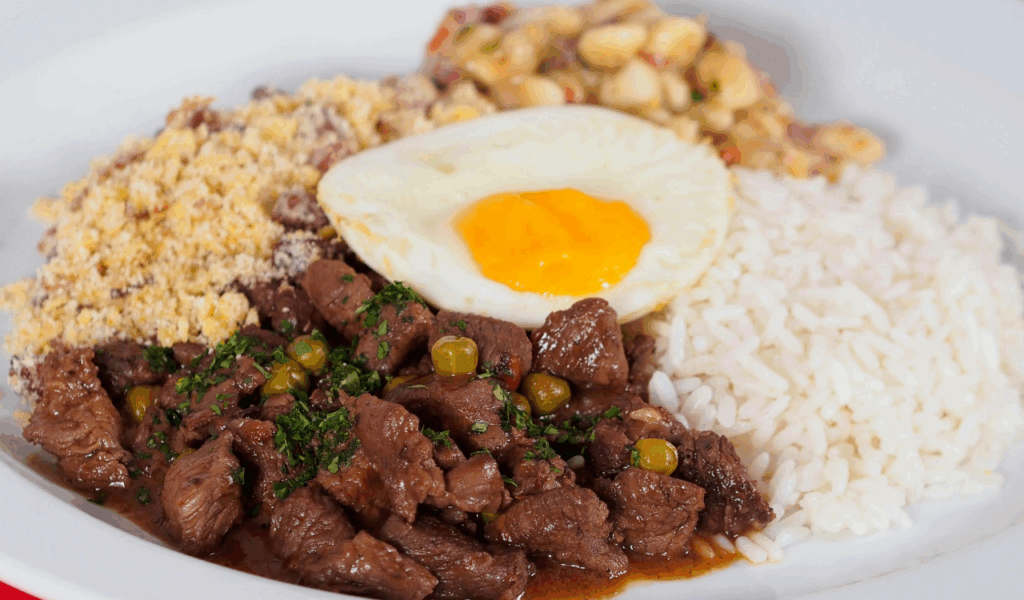
Afro-Brazilian and Portuguese influences can be seen in the hearty black-bean and meat stew known as feijoada. It was exported through cultural festivals and the diaspora after becoming a national dish of Brazil. Many learned about beans, smoked meats, and hearty stews from its communal, slow-cooked format. Its essence as a comfort-food stew model is spread by adaptations to local meats and beans abroad.
12. Moussaka / Casserole Dishes (Greece / Mediterranean)

Moussaka.eggplant, tomato, béchamel, and meat—typically lamb—layered. represents the format of a Mediterranean layered casserole. Many casserole traditions around the world adopted its idea of layering meat, vegetables, and creamy sauce. The concepts of layering, baking, and textural contrast are echoed in gratins, lasagnas, and shepherd’s pies in many different cuisines.
13. Falafel / Pita (Middle East)

Deep-fried spiced lentil balls, or falafel, have spread from Middle Eastern markets to urban streets all over the world as a vegetarian street food. It introduced a lot of people to street food made with legumes. Falafel wraps replaced meat sandwiches in many Western cities, popularizing pickled side dishes and tahini sauces while also influencing plant-based fast-food trends.
14. Biryani / Pilaf / Rice Pilafs (South Asia / Central Asia)

Rice is transformed from a flavorless side dish into a main course that is infused with spices, vegetables, meats, and nuts in biryani (or its variants) and pilaf. The method had an impact on rice dishes in the Middle East, Asia, and other regions. Rice’s function has expanded beyond simple starch, as many fusion kitchens now use “biryani style” rice for unconventional proteins.
15. Ramen (Japan)
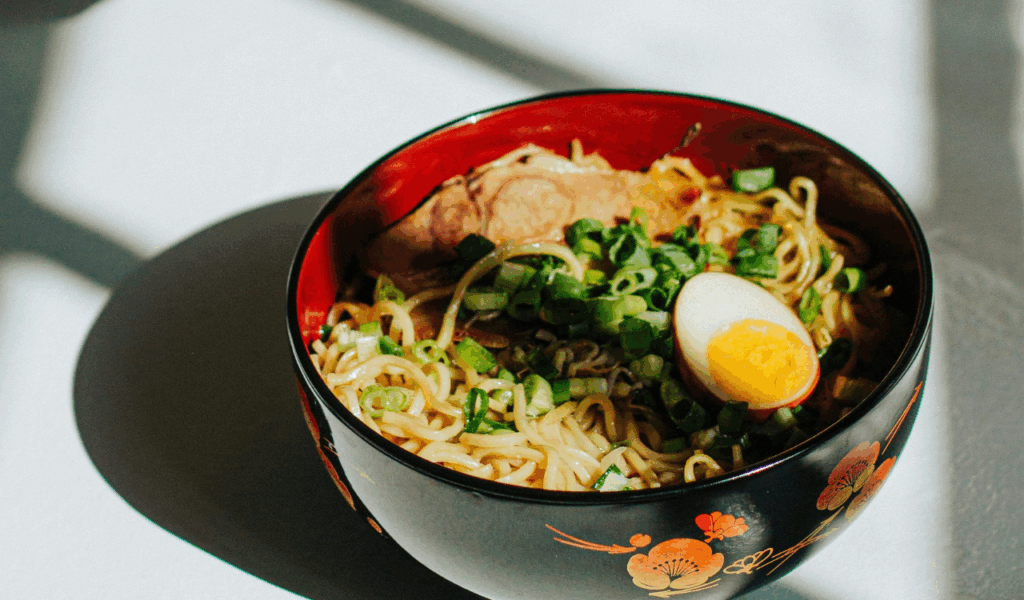
Ramen Wheat noodles with a savory broth of Chinese origin. developed into dozens of regional styles (such as tonkotsu, shoyu, and miso) in Japan. It became a street-to-fine dining path with the ramen boom and “ramen culture.” Nowadays, ramen shops can be found all over the world. It has influenced noodle culture all over the world through innovations like packaged ramen, fusion noodle bowls, and large-scale ramen replication by home cooks.


